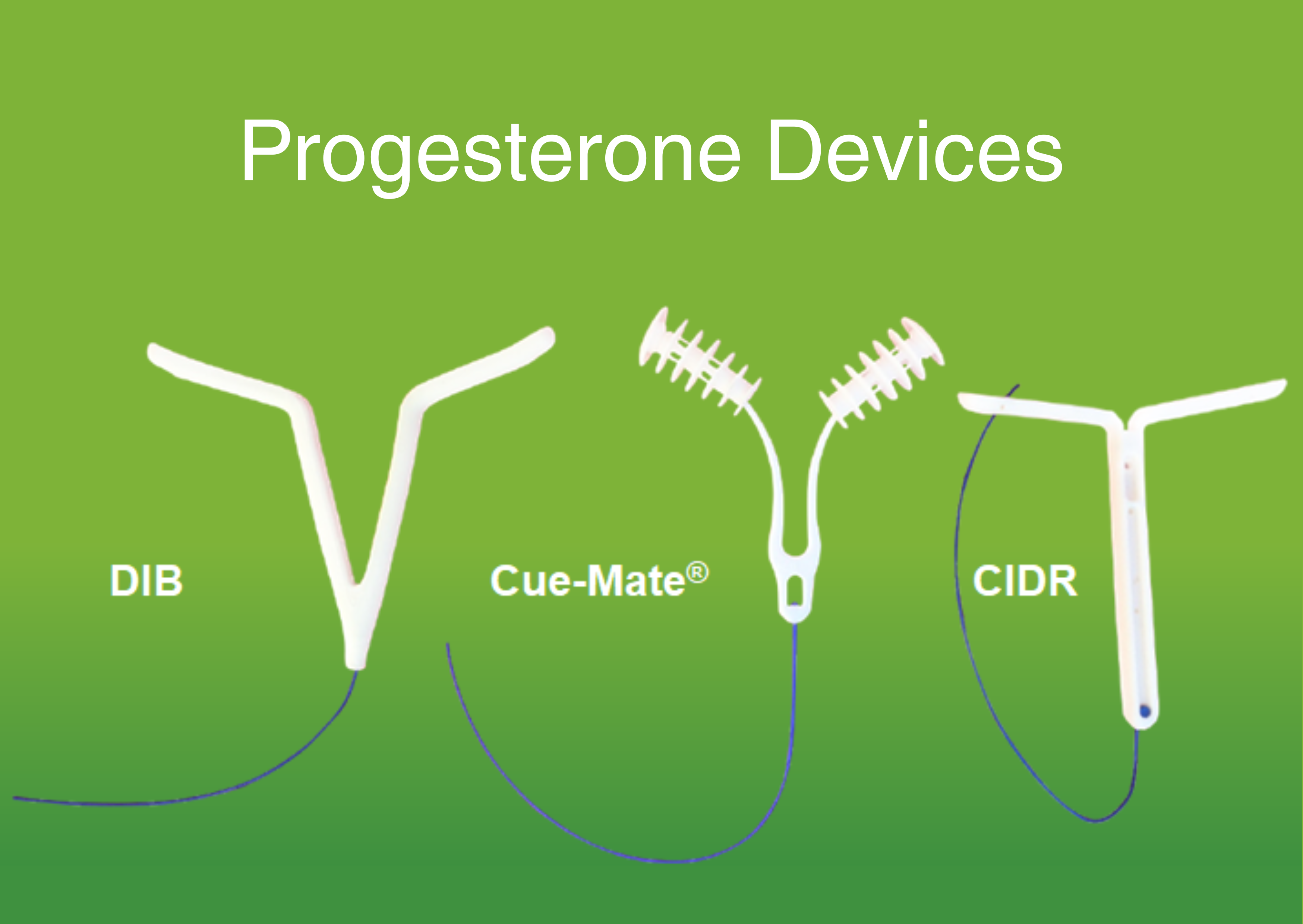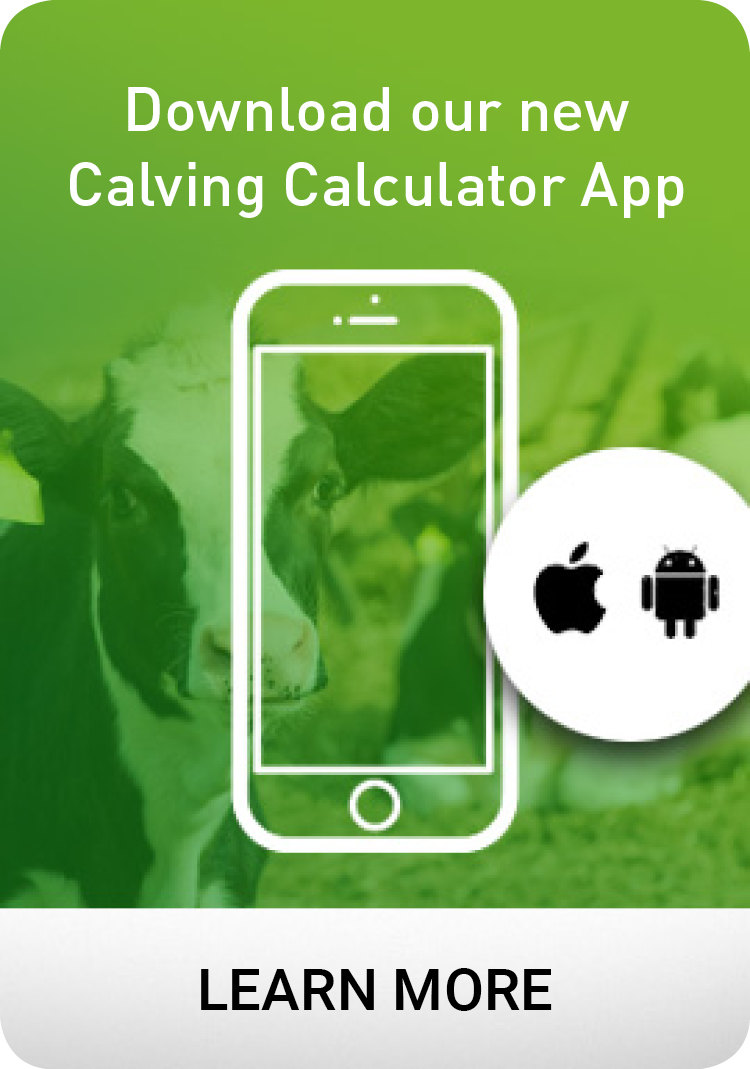Using the Right Progesterone Device
Optimising AI Results
Producers who consistently achieve good results from their assisted breeding programs tend to have two key things in common. They:
- follow best practice management (eg planning, attention to detail, herd nutrition, herd health); and
- they invest in quality resources (whether it be staff and veterinarians/technicians through to their environment and products used).
One thing that may not be on your radar is choosing the right progesterone (P4) device for your AI or ET program. Most producers simply use the device they are provided with, without realising there is a range available and there may be an alternate device that better suits their needs and requirements.
Some questions you may not have asked or considered include:
- Are all devices created equal?
- Is there a “right dose” when it comes to progesterone?
- When do you use a “low dose” device?
- How do retention rates differ?
- Can you re-use a device? and
- Which device is the most environmentally friendly?
If we take a step back, let’s look firstly at what a progesterone device is and the role it plays in a synchronization program.
What is a progesterone device?
A progesterone device is an intravaginal device to elevate blood progesterone levels to mimic the normal rise in progesterone during the oestrous cycle of a cow. A drop in progesterone (device removal), coupled with a rise in other hormones triggers ovulation.
So, by artificially increasing the level of progesterone with a device, we can start to synchronise a mob of cows regardless of where they are in their normal cycle or we can induce a cow to cycle if she is currently not cycling at all. A progesterone device can be used on its own or in combination with other hormone injections to control either oestrus or ovulation.
 Differences in Devices
Differences in Devices
There are currently three different progesterone devices on the market with varying features and progesterone levels.
So do they all work in the same way?
Mostly yes; they all deliver progesterone through extraction via mucous flow around and through the device. This progesterone is then absorbed through the mucosal lining of the vaginal walls into the blood stream.
Progesterone Levels
The first step in choosing the right device starts with considering the females in your selected group and how much progesterone they are likely to need to maintain sufficient levels of progesterone for the full synchronisation program.
Progesterone levels in devices range from 0.5 g in a DIB-H to 1.9 g in a CIDR i.e. almost 4x the amount as shown below:
- Cue-Mate® RTU = 1.56 g (or 0.78 g/pod if using one reload pod with a blank pod in heifers)
- CIDR® = 1.9 g
- DIB-V = 1.0 g and DIB-H = 0.5 g
If you are looking to maximise the results from your program or improve your previous result by a few percent, then it may not be a one size fits all approach. There can be just as large an impact on results by having too little progesterone as too much, so it’s important to get this right.
Retention Rates
 There is little scientific data is available on the retention rates of different devices. This can however significantly influence pregnancy rates given an animal that loses her device will effectively be set back to the next cycle. Cue-Mate® devices have been trialled with an unrivalled retention rate of 98%+[i].
There is little scientific data is available on the retention rates of different devices. This can however significantly influence pregnancy rates given an animal that loses her device will effectively be set back to the next cycle. Cue-Mate® devices have been trialled with an unrivalled retention rate of 98%+[i].
Cow Comfort
Ask any woman which device she would choose if she was making the purchasing decision and you’ll struggle to find many who wouldn’t opt for Cue-Mate®.
A NZ cow comfort study[1] showed more than 90%+ of farmers rated Cue-Mate®, with its soft silicon pods, as excellent and good which was significantly higher than other registered devices tested.
Environmental Impact
Cue-Mate® is the only device with a registered re-use claim. Wishbones can be used for many years provided they are washed and stored correctly (i.e. clean, dry and out of direct sunlight).
Low dose devices
Using low dose devices (i.e. Cue-Mate with one P4 pod and one blank pod) is recommended for heifers only. Cows given a low dose can run out of progesterone a day or two before the device is scheduled to be removed. It is therefore important to keep an eye out for any early signs of oestrus (or use an Estrotect® patch) and advise your veterinarian or technician immediately if there are. This can be a costly mistake as you may not only incur the AI and semen costs but also skip a whole cycle, meaning their progeny will be born later and will be lighter as yearlings or replacement heifers.
On the flip side, heifers may benefit from a lower dose. If there is too much progesterone in the blood stream, there may not be a sufficient drop in progesterone levels to enable the rise of other key hormones necessary to initiate ovulation. If this is the case, heifers could ovulate well after the insemination date or fail to respond completely, thereby producing poor and costly results.
It is therefore worthwhile ensuring you use the optimal dose for the animals you are synchronising.
Can I reuse a device?
This is one of the most commonly asked questions around devices and the easy answer is that the Cue-Mate® is the only device with an on-label registered re-use claim (this applies to the wishbone).
There are a number of risks and disadvantages when reusing a device. The biggest one is that there is no way of knowing how much progesterone is left in a device after it has been used. If you do reuse a devise (off-label or against the manufacture’s recommendation); you run the same risk as using a device with insufficient progesterone.
Cue-Mate® devices have a reusable wishbone requiring only the pods to be replaced. This may be with either two active reload pods (for cows) or an active pod and a blank for heifers.
The other key factors are the risks of disease and infection e.g. if the device hasn’t been adequately cleaned (and stored) prior to re-use. If you are simply provided with devices from a vet or technician, it is worth ensuring they haven’t already been used (possibly in someone else’s herd). Whilst most operators wouldn’t do this, it is worth being aware of the potential risk of disease and infection as well as insufficient progesterone should this occur.
Conclusion
Not all devices are created equal and if optimal results is what you are striving for, then fine-turning your AI programs to increase your pregnancy rate by a few extra percentage points can reap handsome dividends. Cutting corners can be very costly as while it might seem cheaper to wash and reuse a device off-label, or choose the cheapest product available, the perceived cost saving is soon lost if you get even one less pregnancy.
If you would like to experience the benefits of Cue-Mate® in a portion of your herd, contact the Repro360 team to discuss this opportunity.
[1] Data on file
Cue-Mate® is a registered trademark of Vetoquinol.


